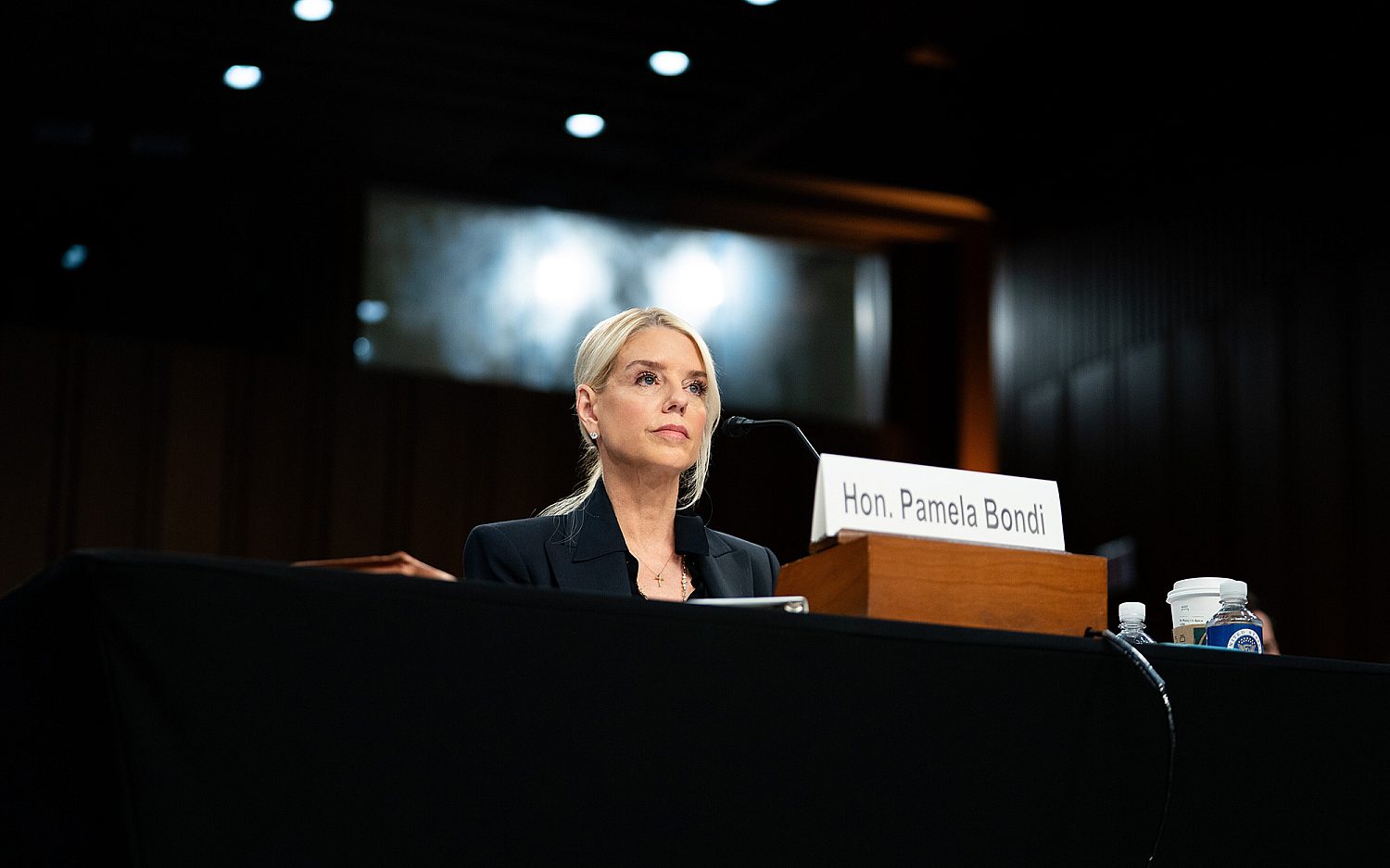Molecular researchers win chemistry Nobel
Three researchers, based in the U.K., United States, and Switzerland, won the Nobel Prize in Chemistry Wednesday for developing a technology that allows scientists to freeze and then document biomolecules mid-movement. The method, called cryo-electron microscopy, creates a detailed image, allowing scientists to see molecular processes never seen before. The development is like “the Google Earth for molecules,” said American Chemical Society president Allison Campbell. Scientists recently used the technology to take images of the Zika virus to aid the development of drugs to fight the disease. “It’s the first time that we can see biological molecules in their natural environment and how they actually work together down to the individual atom,” said Nobel chemistry committee member Heiner Linke. The $1.1 million prize will be shared by Jacques Dubochet of the University of Lausanne in Switzerland, Joachim Frank at New York’s Columbia University, and Richard Henderson of MRC Laboratory of Molecular Biology in Cambridge, Britain.
An actual newsletter worth subscribing to instead of just a collection of links. —Adam
Sign up to receive The Sift email newsletter each weekday morning for the latest headlines from WORLD’s breaking news team.




Please wait while we load the latest comments...
Comments
Please register, subscribe, or log in to comment on this article.